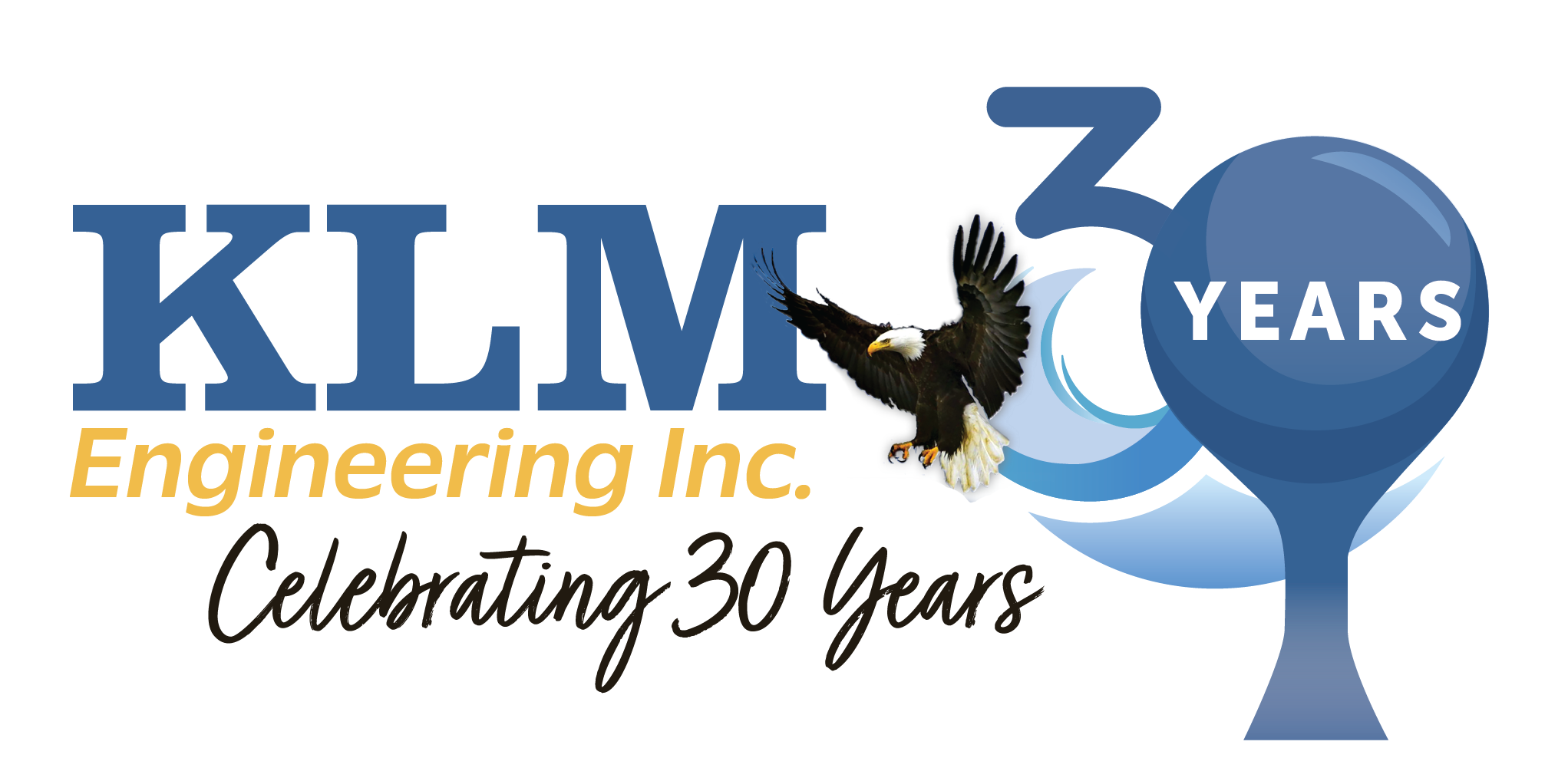It’s important to ensure that your utilities provide your residents and community with clean drinking water, from your reservoirs, water storage, and water towers. It’s also important that your facilities are clean and in good working condition, to make sure the coatings and your overall interior structures are undamaged and the tank bottom is free of excessive sediment. Municipalities in some states are required to inspect water storage facilities at least once every 5 years and usually, you can have your facilities inspected, cleaned, and disinfected all in one day.
Different types of Evaluations:
Floatdown Inspection
The floatdown inspection is KLM’s most popular and comprehensive method. It provides the inspector with more information than any other method. KLM provides a NACE and AWS certified inspector, who is specifically trained and qualified to perform this type of inspection.
At the beginning of the inspection, the water needs to be at the high water level (HWL). KLM inspectors then insert and inflate a sterilized rubber raft into the tank interior and slowly float down as the tank is drained. The inspector, while in the raft, will examine the interior structure and evaluate the existing coating integrity.
ROV Seamor Inspection
KLM uses a two-man crew and a Remote Operated Vehicle (ROV) to perform this inspection (primarily used when performing warranty and 5-year anniversary inspections). KLM inspects the reservoir by floating in a sterilized rubber raft at the HWL, and sending the ROV to inspect all areas below the surface. This method allows the tank to stay in service during the inspection, with no draining necessary! Videotaping is performed with a hi-def underwater camera, which shows any coating deficiencies.
KLM Crawler Clean out
This method uses the KLM Crawler ROV and is for tanks that need to be cleaned, but cannot be taken out of service. An operator controls the KLM Crawler on the ground outside the tank using closed circuit video on the ROV during the operation. The KLM Crawler vacuums bottom sediment with a rotating suction head and deposits it outside the tank. All cleaning is verified with underwater video cameras on the KLM Crawler.
Dry Tank Inspection
The dry tank inspection is the method recommended by AWWA M 42 D101-53 (R1986) Part A. However, this inspection is limited to areas accessible from a ladder or areas that can be reached from the floor. While perhaps less detailed than the above methods, it is still a popular choice for tanks that can be taken out of service and cleaned.
For more information about inspections, along with some videos and pictures of the techniques in action, check out the “Inspection Services” on the KLM website!
